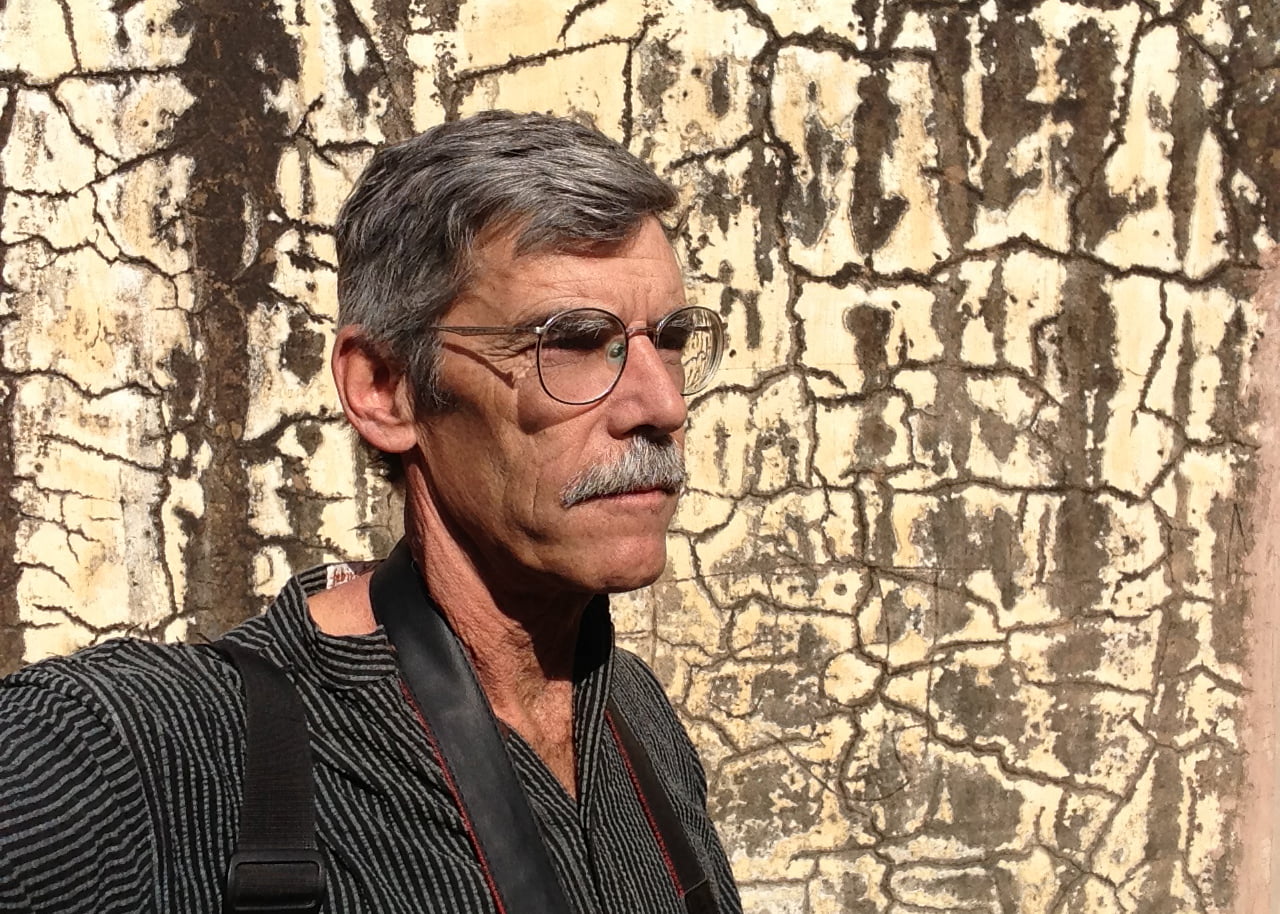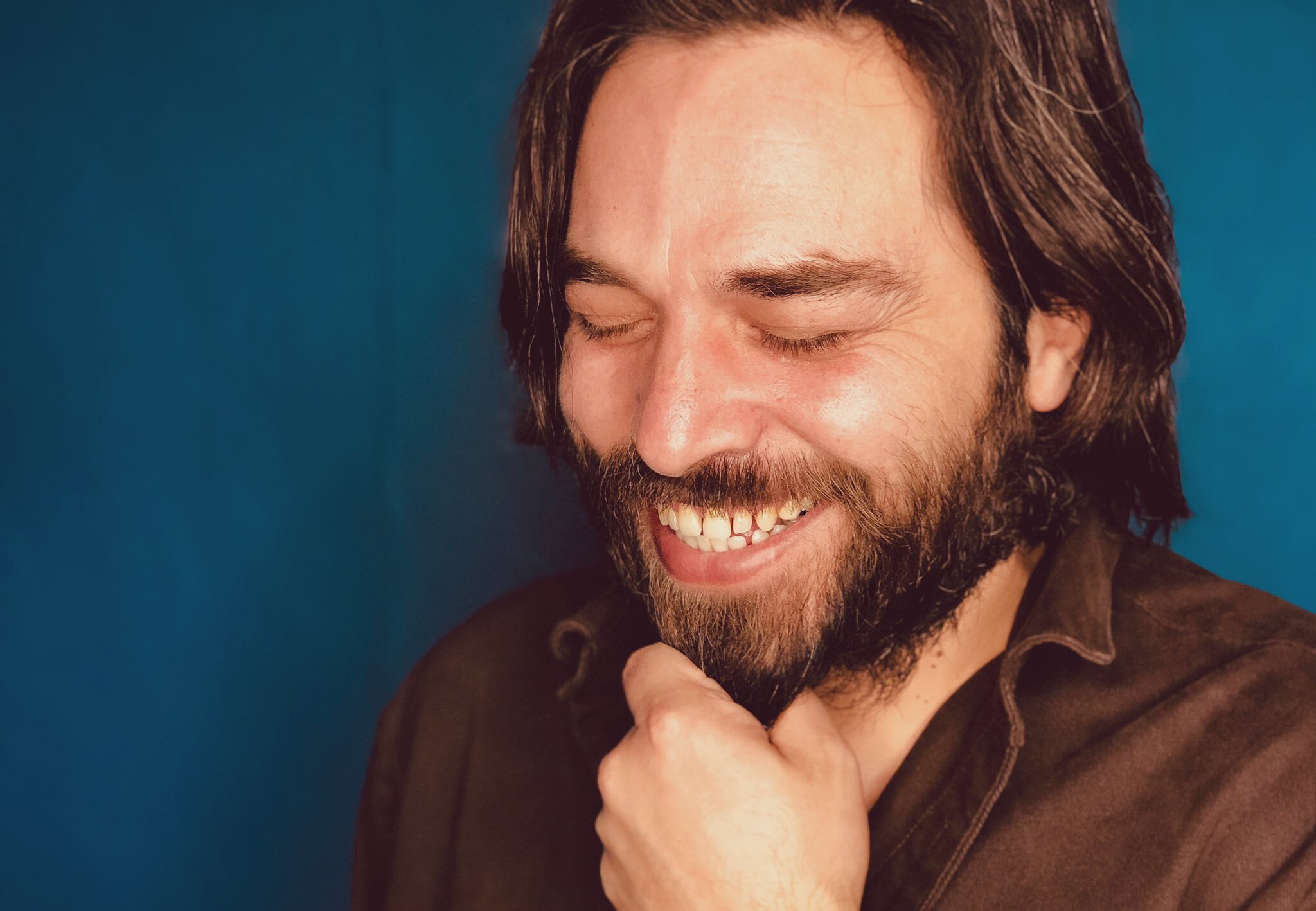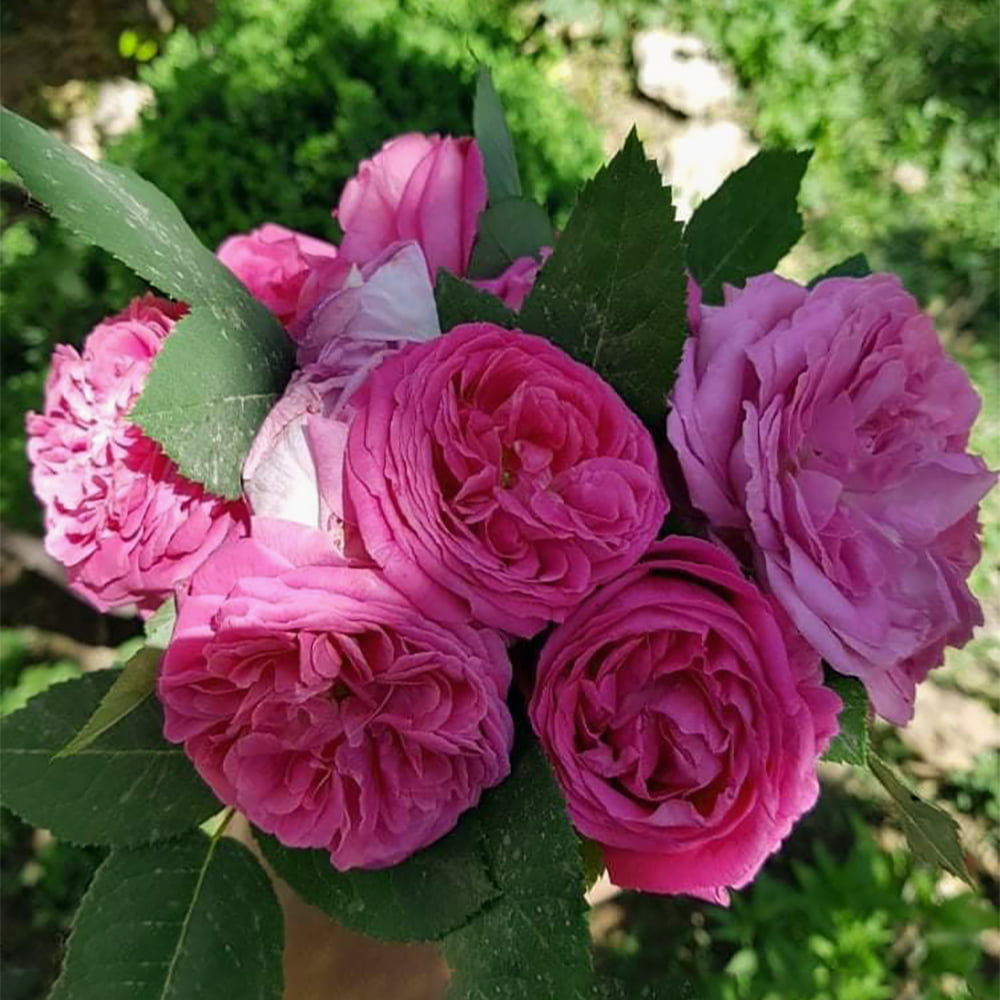You went on assignment to Syria in 2003. What was it like to be there, and what were you hoping to capture?
My friend and colleague Louis Werner and I had worked together on a number of assignments in North Africa and the Middle East. With the George W. Bush start of the American war in Iraq we created assignments that would take us to Syria with the intention of showing through our assignment work the human connection of the everyday people of Syria, Iraq’s next door neighbor. Our specific assignment was to cover the Aleppo Suq through photographs and biographical stories of a variety of merchants who work in the Suq. We also were covering the archaeological work that was on going atop the Aleppo Citadel. It was remarkable and beautiful to be there. Because of the war next door, there were no tourists and a nervous energy filled the air. But life carried on and the Suq was thriving with locals shopping.

How would you say your experience in Syria has influenced your work?
My experience in Syria deepened my appreciation of the vast and brilliant cultural history of the Middle East region. My 2003 visit to Syria was one of my first visits to the Middle East. The wealth of archaeological sites and antiquities was well beyond my imagination. Each day was filled with beautiful revelations and photographic discoveries. Arriving at Apamea or Palmyra and seeing the extensive colonnades of beautiful columns and architectural details was breath-taking. Years later as I looked back at the photographs it feels like viewing a mirage that could not truly exist. This inspires me to keep looking and visually exploring both at home and faraway. While in Aleppo my main concern was to make images of the merchants in the Suq and also images of the architecture and interior spaces of the Suq and the Aleppo Citadel. When I travelled to Palmyra, Apamea, St. Simeon, the Dead Cities and other sites I was most interested in photographing the sites in ways that would engage my eye and therefore the eye of the viewers of the photographs. Rather than straight forward documentation, I wanted to make images that played with the dynamic highlights and shadows and the positive and negative spaces of the architecture.

What’s been the key accomplishment for you in your career … and why?
The key accomplishment of my career would be my long-term photographic coverage of Nepal since 1975. I first arrived there as a twenty-year-old American Peace Corps volunteer to work in remote mountain villages as a water systems technician overseer. I had a 35mm camera and took photographs of what I experienced in the villages I was assigned to. I then stayed on two more years to continue the water systems work and also travel on foot throughout the country and make photographs. Over my forty-six years of connection with Nepal I have also worked with the large format view camera to document the sacred and domestic architecture of the mountain regions and Kathmandu Valley, as well as the daily events and ritual life in the remote regions. Over the decades so much has changed due to modernization, road construction, political evolution, out migration, and also natural disasters of monsoon floods and the 2015 earthquakes. The large collection of my Nepal photographic work becomes more interesting and vital over time as Nepal continues its trajectory toward modernization.
What inspired you to make Legacy in Stone: Syria Before War?
While the photographs were taken in 2003 I let the film and prints sit quietly in my darkroom. It was after the Syria war began in 2011 that many friends and others who remembered my Syria photographs encouraged me to go forward with a book. It was in 2015 that I received word that there was funding available that would cover about half of the costs of producing the book. That encouraged me to search for more funding for the book and start the actual work of editing the images, finding the writers, publisher and production people to bring the book to fruition.
What do you hope people will take from your book?
I hope that people will find a renewed interest and curiosity about Syria and also a renewed respect for the immense cultural history and monuments of Syria, much of which has been lost over the past decade of war in Syria.

What influences and inspires you?
What influences and inspires me is my curiosity about the world with all of its different cultures, landscapes, and peoples. I am interested in what things look like and am always trying to see new things and new places, but also to see the everyday, common and usual in new ways. It is my curiosity and search for visual beauty that makes me a tourist even in my own backyard. After a spring rain, winter snowfall, or morning sunlight I take my camera out to experience the moment and rediscover something special and new in the most familiar places at and around my home.
What’s next for you?
I am now working on a book of my photographs from 1998 of the Uyghurs of Kashgar in Xinjiang, China. While on assignment there in 1998 I enthusiastically photographed with the Hasselblad medium format camera and black and white film. I was drawn to the old city of earthen brick and wood architecture, the locals, the mosques and the traditional markets. I could also see that modernization was quickly beginning to swallow up the traditional ways of Kashgar life. My photographs from over twenty years ago are a time capsule of Kashgar before large-scale wrenching political, social and cultural changes severely impacted the traditional fabric of Uyghur architecture and cultural life.
🌿
Interview by Tui McLean




